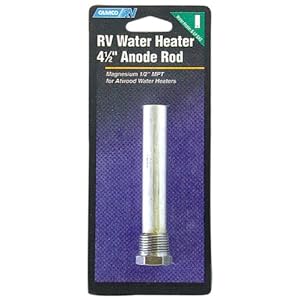jsguitar
Well-Known Member
You'll be set. How are you planning on installing the anode?
Mine are working great.
Just brewed again with them today. I filled both my HLT and BK with strike and sparge water last night and not a speck of rust.
Thanks bbognerks for the idea!
Mine are working great.
Just brewed again with them today. I filled both my HLT and BK with strike and sparge water last night and not a speck of rust.
Thanks bbognerks for the idea!





